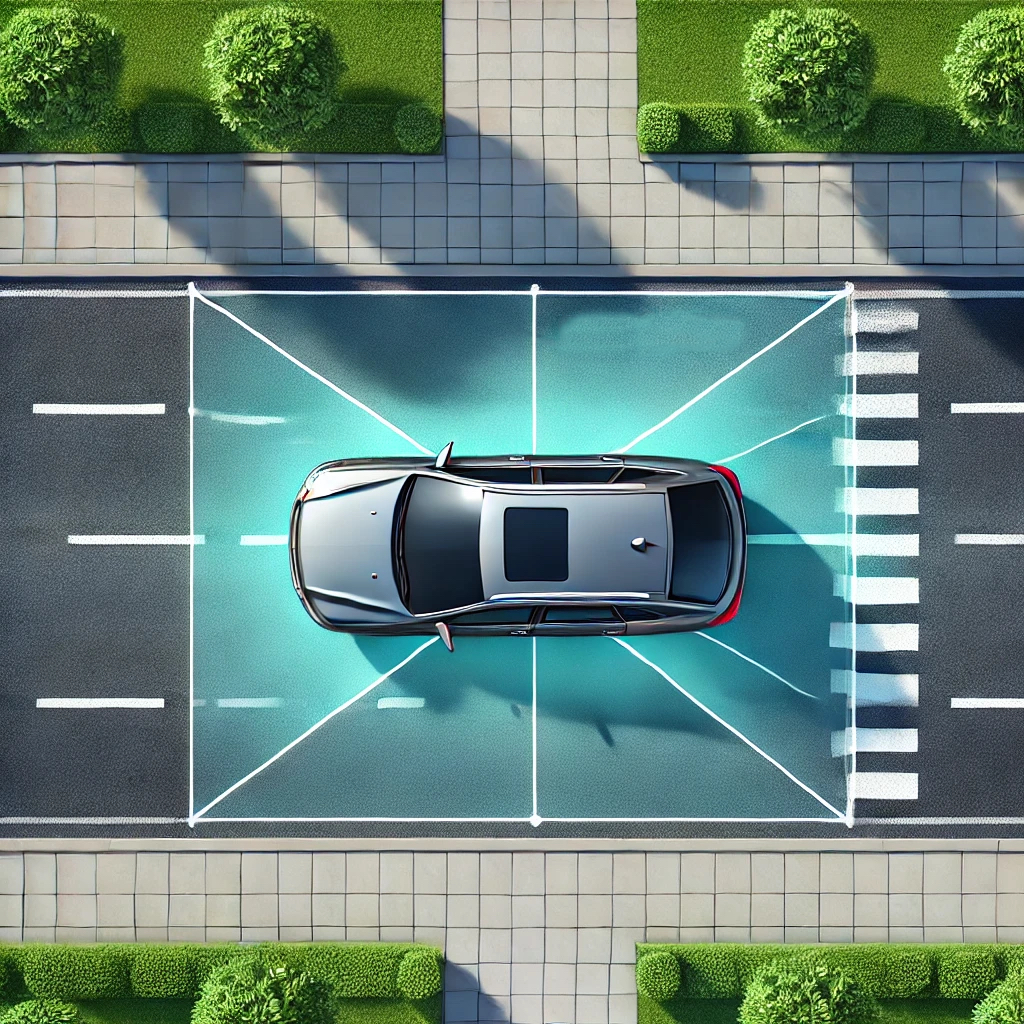
Blindspots and Driving Awareness: Essential Tips for Safer Roads
Driving is a skill that requires constant vigilance and awareness, especially when it comes to blindspots. These unseen areas around your vehicle can lead to accidents if not properly monitored. In this article, we’ll discuss blindspot management, basic driving awareness, and practical strategies to improve your safety on the road.
Understanding Blindspots
Blindspots are areas around your vehicle that are not visible in your mirrors. These areas can obscure other vehicles, cyclists, or pedestrians, increasing the risk of collisions during lane changes or turns. Common blindspot areas include:
- Directly behind the rear pillars (C-pillars).
- Alongside the vehicle near the rear wheels.
Tips for Managing Blindspots
- Adjust Your Mirrors Properly:
- Side mirrors: Position them so that you can just see the edge of your vehicle.
- Rearview mirror: Ensure it provides a clear view of the road behind you.
- Use the “Shoulder Check”:
- Always turn your head to check blindspots before changing lanes or merging.
- Install Blindspot Detection Systems:
- Many modern vehicles come equipped with technology to alert you of vehicles in your blindspots.
- Aftermarket systems are available if your car doesn’t have this feature.
- Avoid Driving in Other Drivers’ Blindspots:
- If you’re alongside another vehicle, ensure they can see you or pass through their blindspot quickly.
Driving Awareness Basics
- Maintain a Safe Following Distance:
- Keep at least a three-second gap between you and the vehicle ahead. Increase this distance in adverse weather.
- Scan Your Surroundings:
- Use a systematic approach: check your mirrors every 5-10 seconds and be aware of vehicles approaching from behind.
- Plan Your Route:
- Knowing your route reduces last-minute lane changes and distractions.
- Avoid Distractions:
- Put your phone away and focus on the road. Even hands-free devices can reduce reaction times.
- Maintain a Safe Following Distance:
- Leverage Technology:
- Many vehicles today have technology that detects objects and vehicles in your blindspots. Be sure to read your owner’s manual and don’t rely on this alone. Double checking is always a good choice.
Common Blindspot-Related Incidents
- Highway Lane Changes:
- A vehicle in your blindspot may result in a side-swipe collision.
- Cyclists and Motorcyclists:
- Their smaller size makes them harder to spot in blindspots.
- Backing Out of Parking Spaces:
- Pedestrians or objects directly behind the vehicle may be hidden.
Useful Graphics: Blindspot Coverage Zones
Vehicle Type | Typical Blindspot Areas |
Sedan | Rear corners and sides |
SUV/Truck | Larger rear and side zones |
Commercial Vehicles | Extensive blindspots behind |
A diagram showing blindspot zones can be invaluable for visualizing these areas. Many automotive websites provide detailed blindspot charts for specific vehicle types.
Resources for Further Learning
- National Highway Traffic Safety Administration (NHTSA): Safety tips and driving resources.
- AAA Foundation for Traffic Safety: Research and resources on driver behavior.
- Journal of Transportation Safety and Security: Academic studies on blindspots and road safety.
Final Thoughts
Awareness of blindspots and basic driving safety are essential for reducing accidents and making the roads safer for everyone. By adjusting your mirrors, checking your surroundings, and staying focused, you can minimize risks and drive with confidence. Remember, vigilance and preparation are the keys to a safer journey. Drive smart, stay safe!
